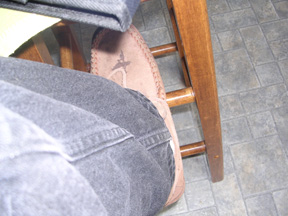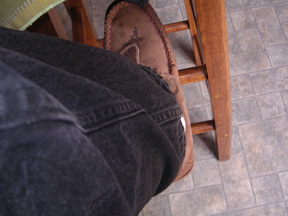Kai, the Women’s Health Blogger, had commented when I introduced myself in the introduce yourself forum, that she would like to know how to take pictures that weren’t overexposed. She also said that she has a digital camera. If you are following this blog, you know that I recently posted some information on lighting. It’s all about the light.

Obviously, or maybe not, if your picture is overexposed, you have a situation where there is too much light (the opposite of this, or underexposure, means that there is not enough light). That’s all well and good, you say, but how do I avoid this? You don’t avoid it as much as you plan ahead to manage it. On a digital camera, check your user manual for what settings the camera has to adjust the exposure, or white balance levels.
You need to fool the camera into thinking that there is not enough light in the scene, so it calculates the exposure wrong, and therefore exposes the picture properly. Constant overexposure with your camera, when used in normal lighting indicates that there may be a problem with this setting anyway.

To adjust the camera to take a properly exposed picture if it normally overexposes the picture, start by changing your camera’s exposure setting to –1.
This will tell the camera “look, every time I take a picture with you, you allow too much light into the picture, and the result is that it is too light. I want a picture that appears to have been properly exposed, so I want you to pretend there is less light falling on the subject. That way, you’ll get the exposure right the next time”. Assuming you have a good relationship with your camera, it will not be offended by you saying this.
Seriously, though, you can change how your camera “sees” things. What you see with your eyes is not necessarily what your camera will reproduce in a photo. This is because what you see is three dimensional, and pictures are two-dimensional. Also, cameras are calibrated for proper exposure based on the fact that most scenes and subjects reflect an average of 18% of the light that strikes them.
You can use this fact to make sure that what you see is what the camera sees as far as matching the lighting, by using a gray card (this is similar to setting the white balance on a video camera). Imagine taking a picture of a polar bear in a snowbank. What your camera will reproduce is a picture that appears gray (18% gray, in fact). Now, imagine that you come back and read more about 18% gray…

